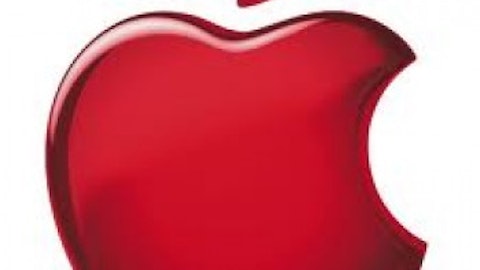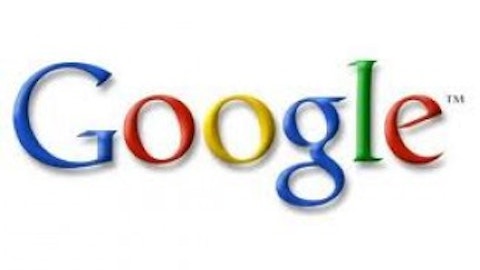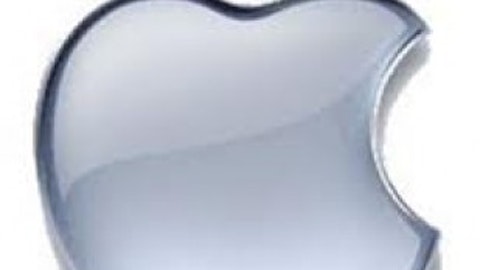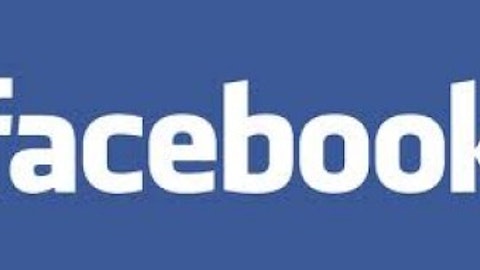Apple Inc. (NASDAQ:AAPL) dominates today’s financial media; that’s no question. Rehashed opinions about the tech giant are strewn throughout the blogosphere daily, but sometimes, one wonders if this coverage could be articulated a bit more creatively.
It’s not what you know; it’s what you don’t know that’s crucial.
Chances are, you’re aware of Apple Inc. (NASDAQ:AAPL)’s massive sell-off—it has lost more than 25% in the past six months—and it’s probably pretty clear that the stock’s valuation is cheap. At Insider Monkey, we seek to provide Cupertino-related information that’s off the beaten path, so to speak, from the truth behind the company’s Q4 earnings release, to Apple’s secret hedge fund.
We’re also excited to reveal Apple’s positioning in our Billionaire Hedge Fund Index (and how retail investors can profit from the smart money’s stock picks), but there’s still one particular topic we haven’t discussed. Yes, we’re talking about the widespread rumor that Apple Inc. (NASDAQ:AAPL) will introduce a smart television within the next 24 months.
The original Apple TV.
The original “Apple TV” was introduced in 2007, and almost six years later, the digital media receiver (DMR) is in its third iteration, available at around one-third of the device’s original price. For content enthusiasts searching for a pseudo set-top box to pair with an existing TV, Apple Inc. (NASDAQ:AAPL)’s device offers seamless functionality within the iOS framework. There are a few other DMRs on the market that are more critically acclaimed, most notably from Roku.
Natural competitors to the Apple TV also include Microsoft Corporation (NASDAQ:MSFT)’s Xbox 360 and Sony Corporation (NYSE:SNE)’s PlayStation 3, but rumors of an upcoming deal with Time Warner Inc. (NYSE:TWX)’s HBO Go service may have pushed Apple’s device up a notch. Still, for a device that has been called a “hobby” by CEO Tim Cook, does an improved content library mean that cries for a full-scale Apple-made television are less urgent?
Improved, but still not enough.
With the expected addition of HBO Go, Apple Inc. (NASDAQ:AAPL)’s add-on box would hypothetically offer users access to an even wider range of top-tier streaming video offerings, most notably Netflix, Hulu, and networks from the NBA, NHL and MLB. While sales of the existing Apple TV have been modest to say the least—almost 8 million units in its 2011 and 2012 fiscal years—this figure eclipsed 2 million for the first time last quarter.
What else did Tim Cook have to say about this device?
On Apple Inc. (NASDAQ:AAPL)’s Q1 earnings call, Cook said “there is actually very, very good growth” in the Apple TV, adding that “there is a lot we can contribute in this space and so we continue to pull the string and see where it leads us.” That comment classifies as cryptic at best, but it’s worth noting that even at 2 million units per quarter and a price of $99 per unit, Apple’s revenue potential from this area only maxes out around $800 million per year. For a company expected to make $183 billion in total revenues this year, the Apple TV in its current form represents but a drop in the bucket.
The ‘iTV’ represents a much larger upside.
With these facts in mind, we can understand why it would make sense for Apple Inc. (NASDAQ:AAPL) to be considering the production of a full-scale smart television, dubbed the “iTV” by most pundits.
What’s important is that many firms on Wall Street, including Morgan Stanley, forecast that the introduction of such a device could generate annual domestic sales of $13 billion in its first year. This upside swells fourfold if a smart TV is introduced globally, indicating that it could do wonders for investors worried about Apple’s slowing growth. Moreover, the content partnerships that the company has developed through its set-top box are easily translatable to a so-called iTV.
Valued at 8.9 times forward EPS and a price-earnings growth ratio near 0.75, there’s nothing stopping value investors from joining Apple’s investor base, but the introduction of a full-fledged TV would undoubtedly pull more growth-oriented buyers into the picture. If the company can use some of its $137 billion cash hoard to boost its 2.3% dividend yield, more income investors would join the party as well.
It’s wholly possible that both of these scenarios can happen in the next 12 months, if not sooner, meaning that Apple Inc. (NASDAQ:AAPL)’s dark days may soon be over.
Disclosure: I have no positions in any of the stocks mentioned above






